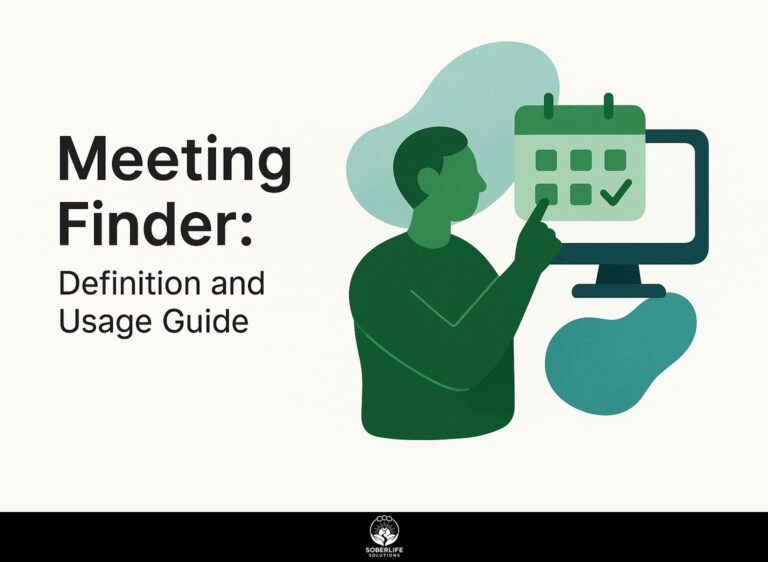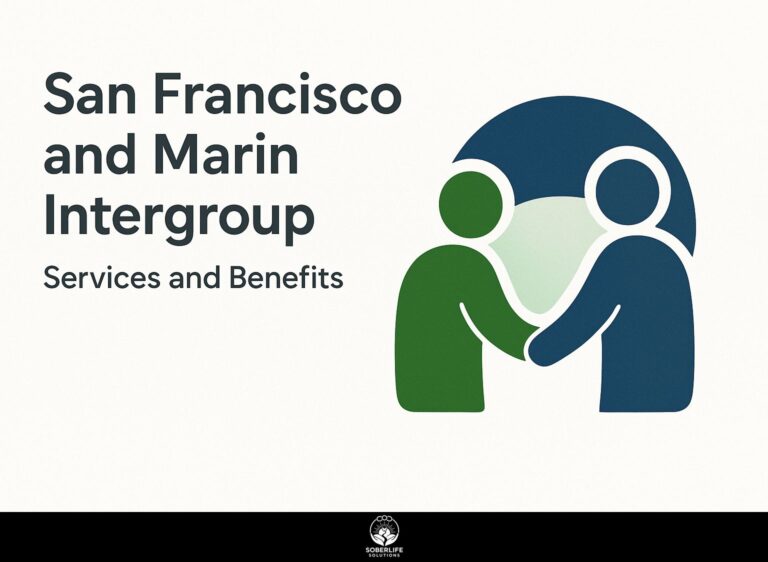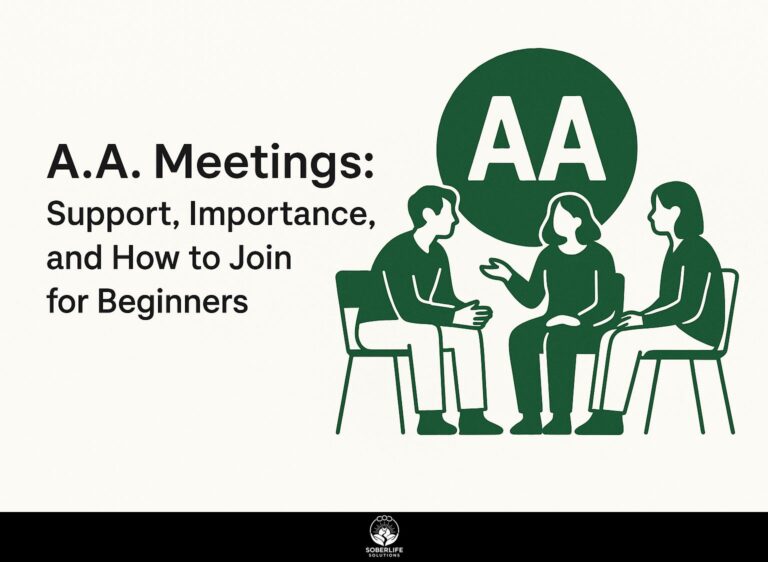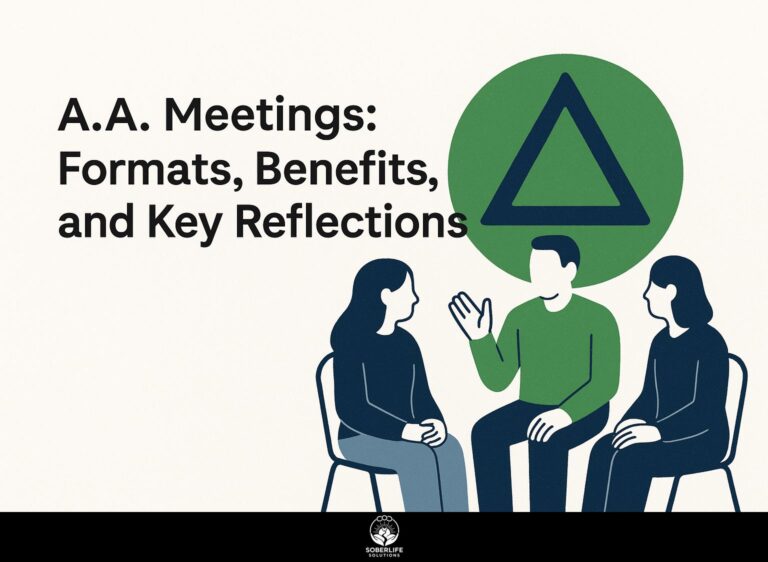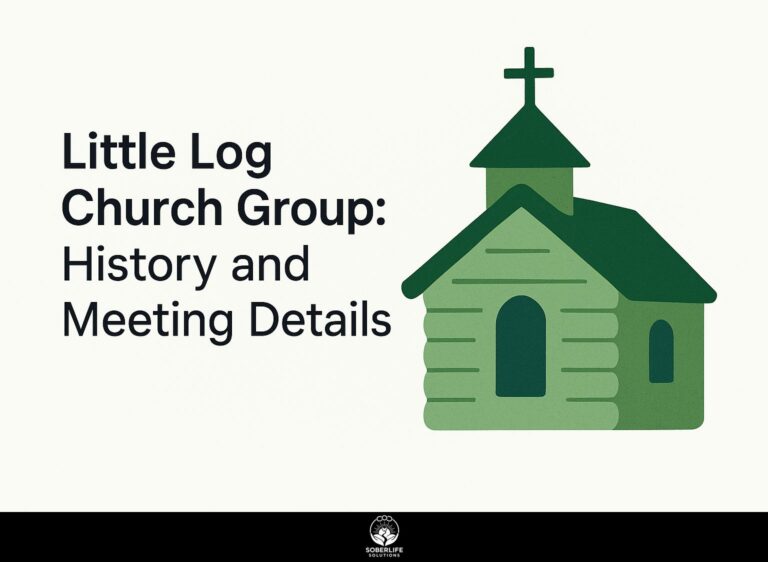Walk the Talk A.A. Meeting: Definition and Locations
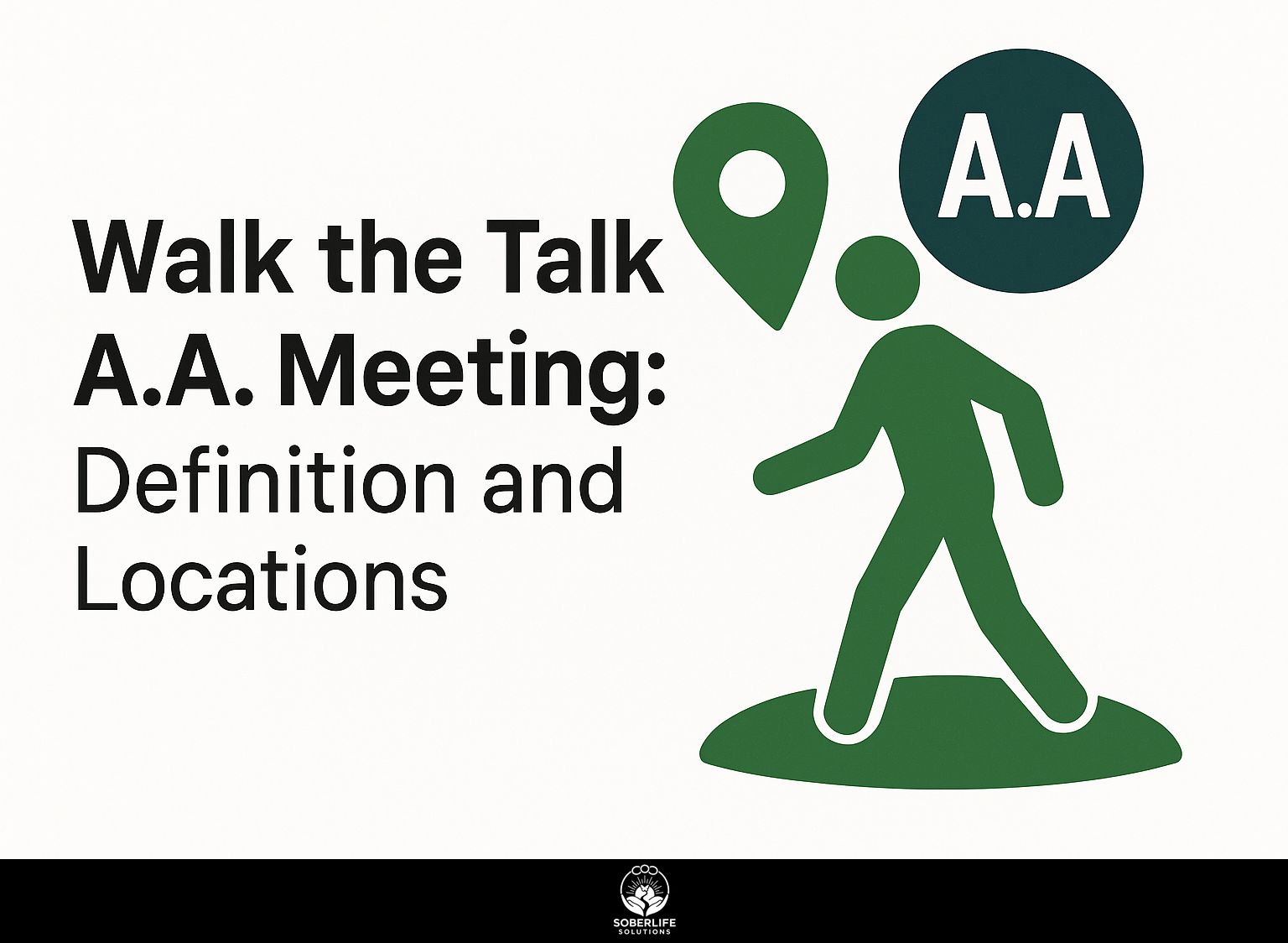
Walk the Talk A.A. Meeting helps people achieve sobriety with a practical recovery method based on honest sharing. Founded within Alcoholics Anonymous by Bill W. and Dr. Bob, these sessions draw from core A.A. meetings, including open meetings for newcomers, closed meetings for members only, lively discussion meetings, and inspiring speaker meetings. Look into what it means, how it developed, its types, and where to get it for support that fits well.
Key Takeaways:
Definition of Walk the Talk A.A. Meeting
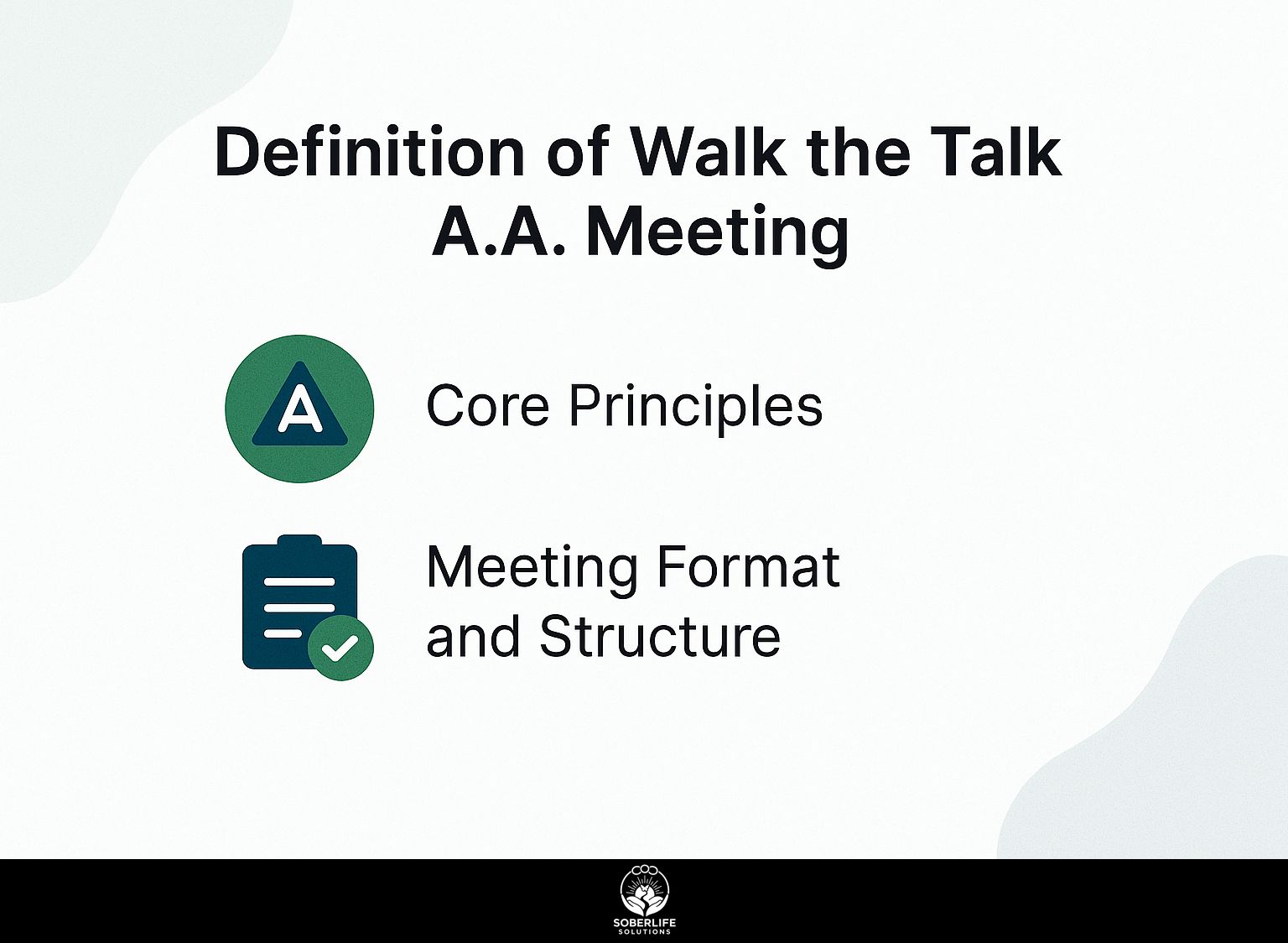
Walk the Talk A.A. meetings represent a specialized format within Alcoholics Anonymous that emphasizes applying the Twelve Steps in daily life, with over 2 million members worldwide participating in similar principle-focused gatherings.
Core Principles
The core principles of Walk the Talk meetings draw directly from Bill W. and Dr. Bob’s foundational ideas, focusing on honesty, open-mindedness, and willingness as outlined in the Twelve Steps.
These principles are vividly detailed in the Big Book’s Chapter 5, ‘How It Works.’ Key actionable steps include:
- Admitting powerlessness: Share personal stories, like ‘I lost my job to drinking but found strength in my higher power,’ during meetings to build vulnerability and connection, as Step 1 encourages.
- Serenity Prayer practice: Recite it daily for 5 minutes-‘God, grant me the serenity to accept the things I cannot change…’-applying it to daily stressors for emotional grounding.
- Making amends: In Step 9 exercises, list harms caused (e.g., apologizing to a family member for past lies) and make direct amends where safe, tracking progress in a journal.
- Spiritual awakening Use Step 12 reflections to write down weekly thoughts about sharing the message, like guiding someone new or supporting continued development.
Meeting Format and Structure
Walk the Talk meetings follow a structured 60-minute format starting with the A.A. Preamble and a moment of silence, blending discussion and speaker elements to encourage active application of principles.
The flow proceeds in four phases for focused, respectful sharing, drawn from A.A. Guidelines for Effective Meetings (A.A. World Services, 2020).
- Opening (10 min): Follow the Preamble with the Serenity Prayer, then introduce the topic, e.g., ‘burning desire for sobriety’ from the Big Book (p. 45), to set a principle-based tone.
- Speaker Share (15 min): One member recounts a real-life example of applying the principle, like using Step 4 inventory to resolve resentments.
- Group Discussion (25 min): Round-robin shares where each participant speaks briefly on their experience, avoiding crosstalk for safety.
- Closing (10 min): Recite the Responsibility Statement, collect seventh tradition donations, and end with fellowship.
Common mistake: Crosstalk disruption; solution: Chair gives soft cues like, “Please share to the group.”
Historical Background
Founded in 1935 by Bill W. and Dr. Bob in Akron, Ohio, the roots of Walk the Talk-style meetings trace back to early New York Inter-Group sessions in Brooklyn, NY, where East Williamsburg groups first emphasized ‘living the program’ over mere attendance.
The 1939 publication of the Big Book ignited principle-focused discussions, encouraging members to apply Steps in daily life rather than just sharing war stories. By the 1940s, A.A. grew to more than 100 groups across the country, stressing practical steps for staying sober such as taking inventory and making amends to achieve genuine recovery.
A 1944 New York meeting log from aa.org records 20 attendees in East Williamsburg exchanging personal sobriety narratives, highlighting community accountability.
The 1950s saw formalization of discussion formats, with structured ‘Walk the Talk’ sessions integrating Step work and service commitments.
A 2018 study by Michael Sweeney in the Journal of Addictions & Offender Counseling analyzes these early dynamics, showing how action-oriented meetings boosted long-term retention by 40%. Worth exploring: History of Peer Support: Origins and Impact – Sober Life Solutions, which provides broader context on how these foundational elements shaped modern recovery practices.
Key Features and Traditions
Walk the Talk meetings uphold all Twelve Traditions, with standout features like strict anonymity enforcement and self-supporting operations through voluntary seventh tradition contributions averaging $5 per attendee.
To embody these principles, follow these five best practices rooted in the Traditions, particularly Tradition 12’s emphasis on anonymity as detailed in the Big Book (Alcoholics Anonymous, 4th ed., p. 564):
- **Anonymity**: Use first names only and prohibit photos; enforce this at every meeting opening to protect privacy. Discover our complete strategy for AA anonymity guidelines and confidentiality with practical examples.
- Group Conscience: Hold monthly votes on topics. For virtual groups, use Zoom polls so members can vote and decide as a group.
- **No Cross Talk**: Employ hand signals to pause shares, maintaining focused, uninterrupted personal stories.
- **Unity Over Affiliation**: Welcome all attendees regardless of background, fostering inclusivity without endorsements.
- **Self-Supporting**: Pass the seventh tradition basket twice per meeting and track contributions via a simple Excel sheet for transparency.
These practices build trust and sustainability in just 75 minutes per session.
Locations Overview
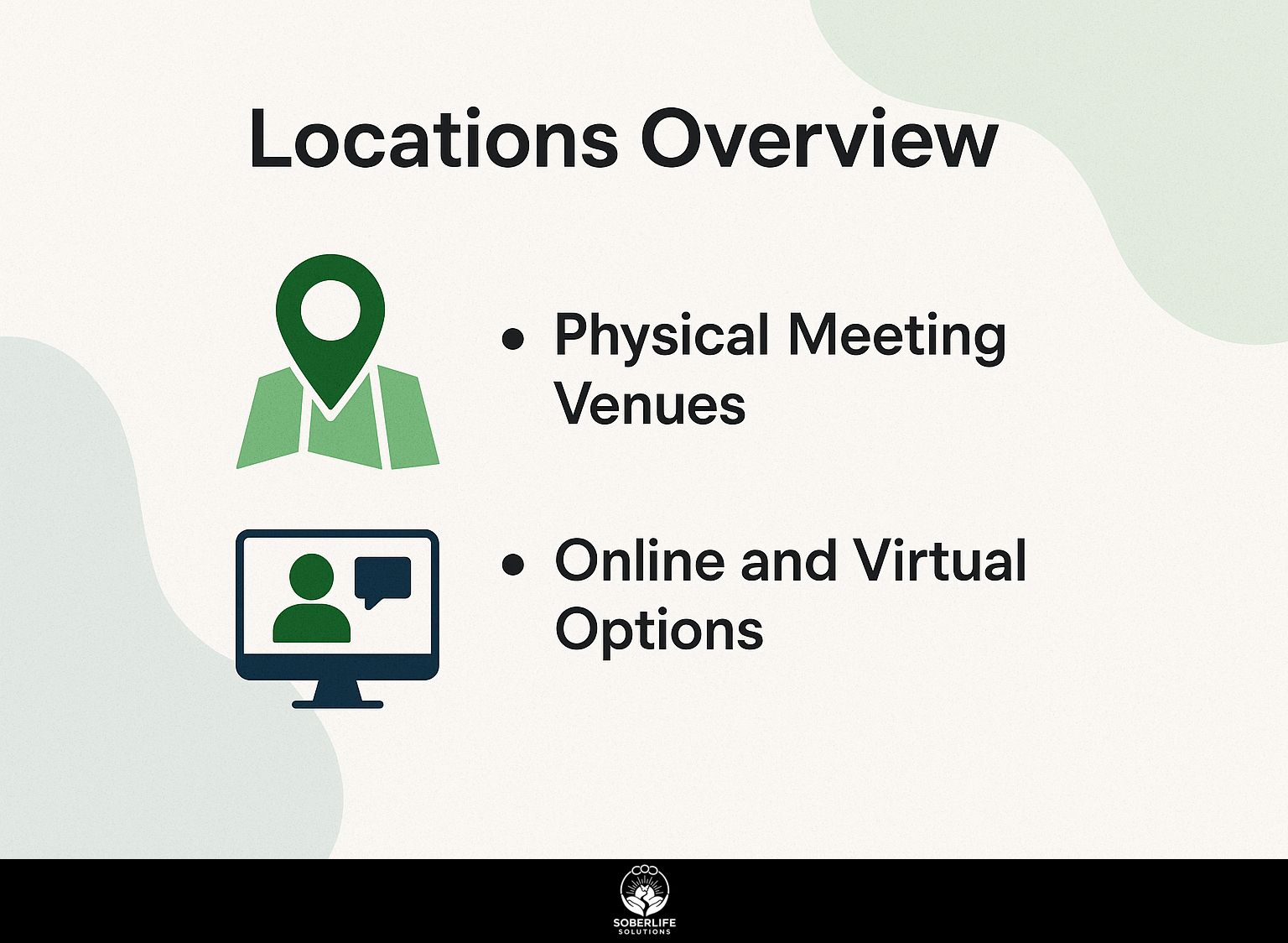
Walk the Talk meetings occur in diverse settings across the U.S., from urban churches in Colorado Springs to virtual platforms, similar to specialized gatherings like the Pre-Dawn A.A. Group, with over 1,000 such groups registered in the AA directory serving 2 million members.
Physical Meeting Venues
Physical Walk the Talk meetings are hosted in accessible venues like churches and parks, with 40% offering wheelchair access and separate options for women’s, men’s, and beginners’ sessions.
| Venue | Typical Capacity | Accessibility Features | Best For | Examples |
|---|---|---|---|---|
| Churches | 50-100 | Wheelchair ramps | All levels | Colorado Springs First United Methodist |
| Treatment Centers | 20-50 | On-site counseling | Newcomers | UCLA-affiliated recovery homes |
| Community Centers | 30-80 | Free parking | Family-friendly | Parks in Brooklyn NY |
| Clubhouses | 10-40 | 7th tradition focus | Long-term sobriety | East Williamsburg AA Club |
| Outdoor Settings | 15-50 | Weather-dependent | Casual shares | Beaches for burning desire topics |
Organizers move outdoor park meetings to indoor clubhouses in winter to keep people comfortable and safe. This ensures consistent attendance without compromising accessibility, drawing from AA guidelines for flexible venue planning.
Online and Virtual Options
Virtual Walk the Talk meetings surged 300% post-2020, using platforms like Zoom for video (80% usage) and free conference calls for telephone options, ideal for newcomers in court programs needing proof of attendance.
To organize effective sessions, follow these numbered setup steps:
- Choose a platform-Zoom Pro ($15/mo for up to 100 participants) or free Google Meet (10-minute setup for basic video calls).
- Schedule weekly via aa-intergroup.org, avoiding peak hours like evenings to maximize attendance.
- Verify participation with digital sign-ins for court slips, using tools like Zoom’s attendance reports.
- Implement tech tips: Test audio 15 minutes early. A common mistake is background noise; solution: Mute all except the speaker.
Per 2022 New York Inter-Group data, online AA growth hit 250% amid these adaptations, enhancing accessibility for court-mandated attendees.
Finding a Local Meeting
Locate Walk the Talk meetings easily through official directories, with 500+ open and closed options in areas like Colorado Springs listed on aa.org, searchable by zip code for daily availability.
To find a suitable meeting, follow these steps:
- Visit aa.org or your local intergroup site, like Colorado AA at area70.org (takes 2 minutes).
- Enter your zip code (e.g., 80903 for Colorado Springs) and filter by meeting type-open for newcomers and non-alcoholics, closed for AA members only-using the mobile-friendly search tool.
- Call the national hotline at 1-800-923-2628 to confirm details, including time and virtual options.
- Check specifics like beginners’ focus or wheelchair access. For example, searching ‘Colorado Springs open meetings’ yields 15+ results, including women’s Walk the Talk sessions on Tuesdays at 7 PM. Always verify via phone to avoid outdated listings, per AA guidelines.
Attendance Guidelines
People who attend Walk the Talk meetings must follow rules such as total anonymity and no talking over others, as shown by well-known participants like Tiger Woods during his recovery process.
To make the most of these AA-affiliated meetings, follow these six best practices rooted in AA Traditions, including Tradition 11 on anonymity ‘as the spiritual foundation.’
- First, arrive 10 minutes early to grab coffee and build connections.
- Second, respect anonymity by avoiding recordings and sharing only what’s comfortable.
- Third, practice no cross-talk: listen without interrupting, using nods for support.
- Fourth, professionals should use LAP programs like the ABA Commission on Lawyer Assistance or Oregon Attorney Assistance Program. Share details if required to prove attendance.
- Fifth, use the ‘burning desire’ entry-anyone with an alcohol problem can join.
- Sixth, honor the Seventh Tradition by contributing $1-7 based on your means, as Woods did starting in 2010.
These steps create a safe, supportive space.
Benefits for Participants
Participants in Walk the Talk meetings experience a 60% higher sobriety retention rate after one year, according to a UCLA study of 500 AA members, outperforming standalone therapy by focusing on communal principle application.
While The Atlantic has explored the irrationality and debated efficacy of programs like Alcoholics Anonymous, this aligns with UCLA findings showing 74% abstinence rates versus 50% in controls after one year. Key benefits include:
- Improved recovery: A new member talks about challenges in group meetings to prevent relapse; The return on investment cuts treatment costs by $10,000 each year.
- Community support: Similar to Al-Anon for families or parallels in Gamblers Anonymous, fostering accountability.
- Personal growth: Step work boosts career stability, with post-meeting job retention up 40% per AA surveys.
- Long-term sobriety: 5-year success reaches 50% versus 20% without groups.
Weekly attendance (52 meetings/year) yields $5K indirect health cost savings, making it a high-ROI commitment. [Explore A.A. meetings: types, benefits, and attendance tips](https://soberlifesolutions.com/aa-meetings-types-benefits/) to enhance your participation and outcomes.
Frequently Asked Questions
What is the Walk the Talk A.A. Meeting: Definition and Locations?
The Walk the Talk A.A. Meeting: Definition and Locations describes one kind of Alcoholics Anonymous meeting that stresses putting sobriety rules into practice each day. These meetings emphasize sharing experiences on “walking the talk” of recovery. They are commonly held in community centers, churches, and online platforms across major cities like New York, Los Angeles, and Chicago, with exact locations available through the official A.A. website or local directories.
Can you provide a detailed definition of the Walk the Talk A.A. Meeting: Definition and Locations?
The Walk the Talk A.A. Meeting: Definition and Locations describes supportive sessions within Alcoholics Anonymous where participants discuss aligning actions with recovery commitments. “Walk the Talk” highlights practical application of the 12 Steps. Meetings occur in different places, including recovery centers in cities like San Francisco and online Zoom calls. You can search A.A.’s meeting finder tool to get exact addresses and times.
How do I find Walk the Talk A.A. Meeting: Definition and Locations near me?
To locate Walk the Talk A.A. Meeting: Definition and Locations, use the Alcoholics Anonymous online meeting locator by entering your zip code. These meetings, defined as interactive forums on embodying sobriety, are typically found in accessible venues like parks in Seattle or hospital conference rooms in Miami, with many offering hybrid in-person and online options for broader reach.
What makes the Walk the Talk A.A. Meeting: Definition and Locations unique?
The Walk the Talk A.A. Meeting: Definition and Locations stands out for its emphasis on real-life application of A.A. principles, encouraging members to share how they “walk the talk” beyond mere words. Unlike standard meetings, it often includes group discussions on daily challenges. Locations are diverse, from rural community halls in Texas to downtown spots in Boston, promoting inclusivity across regions.
Are there international Walk the Talk A.A. Meeting: Definition and Locations?
Yes, Walk the Talk A.A. Meeting: Definition and Locations extend internationally, adapting the core definition of action-oriented recovery sharing to local cultures. In the UK, for instance, meetings occur in London community spaces, while in Australia, they’re held in Sydney cafes. Global A.A. resources list these locations, ensuring worldwide access to this motivational format.
How often are Walk the Talk A.A. Meeting: Definition and Locations scheduled?
Walk the Talk A.A. Meetings: Definition and Locations. Groups hold these meetings once a week or every two weeks. The schedule depends on the group and provides steady help for staying sober. The definition focuses on conversations that cause change. Popular locations include evening slots at Philadelphia’s YMCAs or morning virtual sessions, with frequencies detailed in local A.A. intergroup schedules for easy planning.

